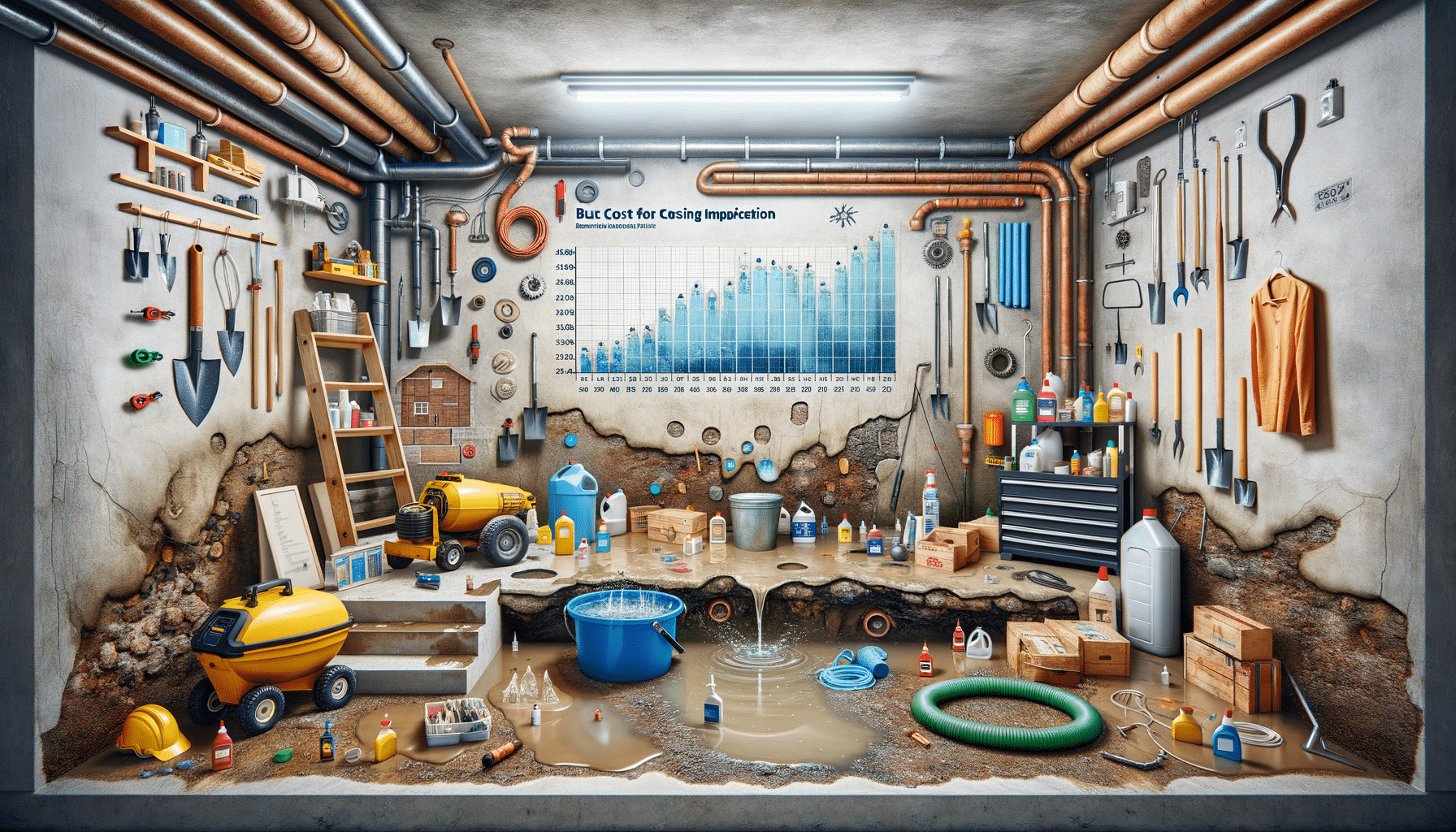
Basement Leak Repair Costs: 2025 Price Guide
Understanding the Causes of Basement Leaks
Basement leaks are a common issue faced by homeowners, often leading to significant damage if not addressed promptly. Understanding the root causes of these leaks is essential for effective repair. Typically, basement leaks are caused by a combination of factors, including poor drainage, foundation cracks, and hydrostatic pressure. Hydrostatic pressure occurs when water accumulates in the soil surrounding the foundation, exerting pressure on the walls and floors of the basement. Over time, this can lead to cracks and leaks.
Another common cause is improper grading around the home, which can direct water toward the foundation instead of away from it. Additionally, clogged or damaged gutters and downspouts can result in water pooling near the foundation, increasing the risk of leaks. Identifying these causes early can help homeowners take preventive measures and reduce repair costs in the long run.
Addressing basement leaks requires a comprehensive approach that considers all potential sources of water intrusion. By understanding the underlying causes, homeowners can implement effective solutions and prevent future leaks.
Methods for Repairing Basement Leaks
There are several methods for repairing basement leaks, each suited to different types of leaks and damage. One popular method is interior sealant application, where a waterproof coating is applied to the interior walls and floors of the basement. This method is effective for minor leaks and provides a quick solution. However, it may not address the root cause of the leak.
Exterior excavation is a more comprehensive method that involves digging around the foundation to apply a waterproof barrier. This method addresses the source of the leak and provides long-term protection. While effective, it can be costly and disruptive.
Another approach is to install a drainage system, such as a French drain, to redirect water away from the foundation. This method is particularly useful in areas with high water tables or poor drainage. Additionally, repairing foundation cracks with epoxy or polyurethane injections can prevent water from seeping through.
Each repair method has its pros and cons, and the choice depends on factors such as the severity of the leak, budget, and long-term goals. Consulting with a professional can help determine the most suitable solution for your specific situation.
Factors Influencing Basement Leak Repair Costs
Several factors influence the cost of repairing basement leaks, making it important for homeowners to understand what to expect. The severity of the leak is a primary factor; minor leaks may require simple fixes, while extensive damage could necessitate major repairs. The method chosen for repair also affects the cost. For instance, interior sealant application is typically less expensive than exterior excavation or drainage system installation.
Geographic location can also impact costs, as labor and material prices vary across regions. Additionally, the age and condition of the home play a role. Older homes may have more extensive damage or require additional repairs, increasing the overall cost.
Another factor is the accessibility of the repair site. If the basement is difficult to access or requires significant excavation, costs may rise. Homeowners should also consider potential additional expenses, such as mold remediation or structural repairs, which can add to the total cost.
Understanding these factors can help homeowners budget effectively and make informed decisions about basement leak repairs. By considering all aspects, from the extent of the damage to the chosen repair method, homeowners can better anticipate costs and plan accordingly.
Preventive Measures to Avoid Future Leaks
Preventing basement leaks is often more cost-effective than repairing them. Implementing preventive measures can save homeowners significant time and money in the long run. One of the most effective measures is ensuring proper drainage around the home. This can be achieved by maintaining gutters and downspouts, ensuring they direct water away from the foundation.
Grading the landscape to slope away from the home is another important step. This prevents water from pooling near the foundation and reduces hydrostatic pressure. Regularly inspecting the foundation for cracks and sealing them promptly can also prevent water intrusion.
Installing a sump pump is a proactive measure for homes in areas prone to flooding or with high water tables. A sump pump helps remove water that accumulates in the basement, preventing leaks and water damage.
By taking these preventive steps, homeowners can reduce the likelihood of basement leaks and protect their investment. Regular maintenance and inspections can help identify potential issues early, allowing for timely intervention and minimizing repair costs.
Conclusion: Preparing for Basement Leak Repairs in 2025
As we approach 2025, understanding the intricacies of basement leak repairs is crucial for homeowners. By recognizing the causes, exploring repair methods, and considering cost factors, homeowners can make informed decisions about addressing leaks. Preventive measures play a key role in safeguarding homes against future leaks, ensuring long-term protection and peace of mind.
With repair costs expected to fluctuate based on various factors, staying informed and proactive is essential. Homeowners should prioritize regular maintenance and inspections, addressing any issues promptly to avoid costly repairs. By taking a comprehensive approach to basement leak repair and prevention, homeowners can protect their homes and investments for years to come.